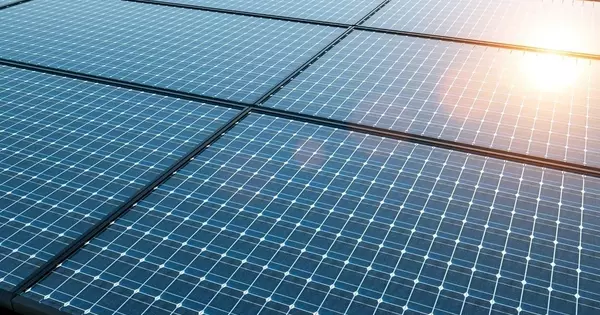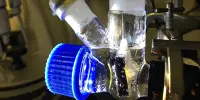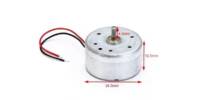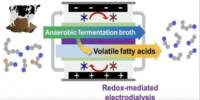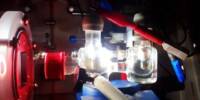Despite their enormous potential, the way perovskite solar cells respond to external stimuli such as heat or moisture has a significant impact on their stability. EPFL researchers have identified the cause of degradation and developed a technique to improve stability, bringing us closer to the widespread adoption of these cost-effective and efficient solar cells.
Perovskite solar cells (PSCs) can be made with low-cost materials, are highly efficient, can outperform traditional silicon solar cells, and have the potential to revolutionize renewable energy. However, one of the current drawbacks preventing their widespread use is their lack of operational stability.
There are a number of strategies that can be used to improve the resistance of perovskite solar cells to degradation. Some of these include:
- Using more stable perovskite materials: Researchers are working on developing perovskite materials that are more resistant to degradation, such as by incorporating elements that can act as stabilizing agents.
- Improving the quality of the perovskite layer: The quality of the perovskite layer in a solar cell can affect its resistance to degradation. Researchers are working on ways to improve the quality of the perovskite layer, such as by controlling the growth conditions or by developing new techniques for depositing the perovskite.
- Increasing the efficiency of the solar cell: A more efficient solar cell will be able to produce more electricity for a given surface area, which can help to offset the effects of degradation over time.
- Using protective layers: Researchers are experimenting with different protective layers that can be applied to the perovskite layer to help protect it from degradation. Examples include using a thin layer of titanium dioxide or silicon nitride to protect the perovskite from moisture and oxygen.
Perovskite solar cells (PSCs) can be made with low-cost materials, are highly efficient, can outperform traditional silicon solar cells, and have the potential to revolutionize renewable energy.
Now, scientists at EPFL and Sungkyunkwan University in Korea have found a way to improve the stability of PSCs. The researchers focused on the degradation of perovskite thin films, which can be damaged by exposure to moisture, heat, and light. The study was carried out by the groups of Professors Michael Grätzel (EPFL) and Nam-Gyu Park (Sungkyunkwan University), and published in Science.
The scientists examined two distinct crystal facets, which refer to the flat surface of the crystal and are distinguished by a specific arrangement of atoms. The arrangement of atoms on these facets can influence the crystal’s properties and behavior, such as its stability and response to external stimuli like moisture or heat.
The researchers examined the (100) and (111) facets of perovskite crystals. The (100) facet is a plane perpendicular to the c-axis of a crystal, with its atoms arranged in a repeating pattern in the shape of a square grid. Atoms are arranged in a triangular grid in the (111) facet.
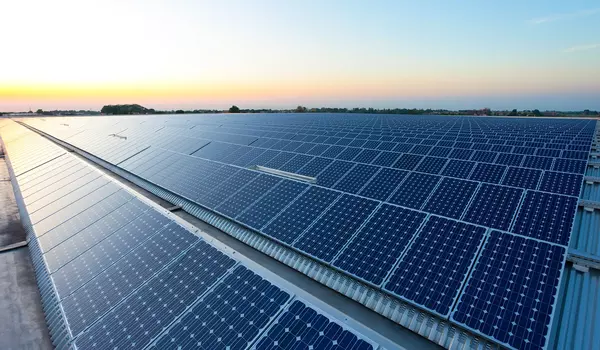
The (100) facet, which is most commonly found in perovskite thin films, was discovered to be particularly prone to degradation because it can quickly transition to an unstable, inactive phase when exposed to moisture. The (111) facet, on the other hand, was discovered to be much more stable and resistant to degradation.
The researchers also discovered the cause of the degradation, which was a strong bond between the perovskite and water molecules that caused the transition from the stable to unstable phase. They used this knowledge to create a technique known as “facet engineering,” in which they used special ligand molecules to grow the more stable (111) facet. As a result, perovskite films were extremely stable and resistant to both moisture and heat.
The study is an important step forward in the development of PSCs, as stability is a major barrier to their commercialization. The findings provide a better understanding of how different crystal facets contribute to the stability of the films; by identifying the most stable facets and finding ways to encourage their growth, it may be possible to improve the overall stability of PSCs and accelerate their entry into the market as a reliable and cost-effective source of renewable energy.
